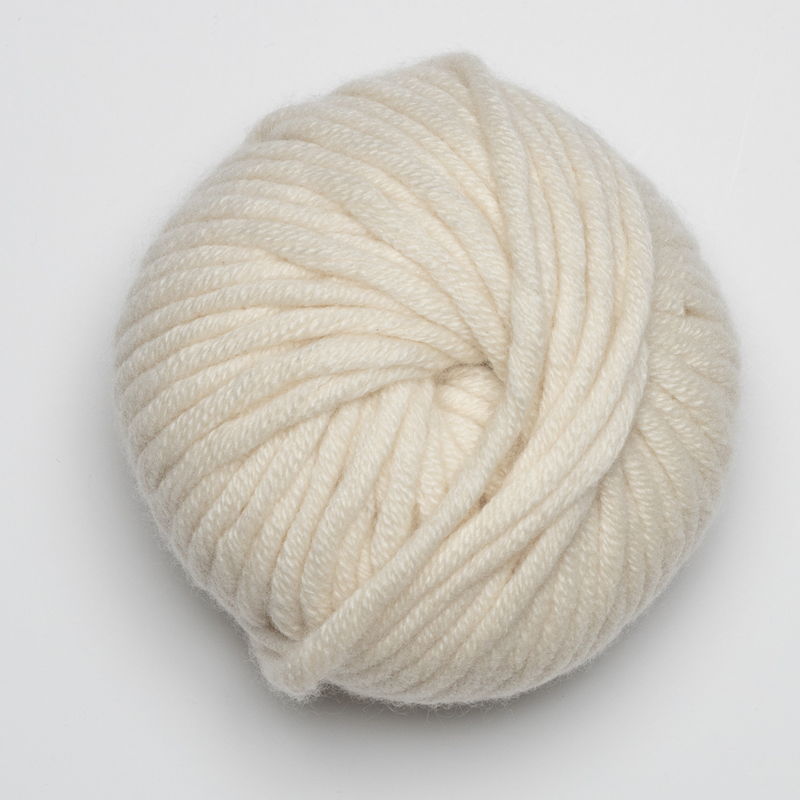How to Care for Your cashmere Garments and Keep Them Looking Like New
How to Care for Your cashmere Garments and Keep Them Looking Like New
Blog Article
Checking Out the Different Types of Cashmere an All-natural Fiber for Ultimate Luxury
Cashmere, an all-natural fiber, is often associated with high-end and comfort. However, not all cashmere is produced equivalent. From the highly soft Mongolian range to the lightweight warmth of Indian Pashmina, each type provides its own distinct features and attraction. The extra budget friendly Chinese cashmere, the typical Scottish variation, and the high-end Italian blend, all tell a different story of this exceptional fiber. As we unwind the world of cashmere, a much deeper understanding of its true worth and elegance starts to emerge.
Comprehending the Glamorous Nature of Cashmere
Cashmere, usually connected with luxury and comfort, holds an one-of-a-kind allure on the planet of natural fibers. This soft, lightweight material is fancied for its remarkable warmth and amazing longevity. Unlike other natural fibers, cashmere combines insulation with breathability, supplying unmatched convenience throughout varying temperatures. Its glossy finish and soft appearance add to its high-end charm, warranting the premium rate that usually comes with cashmere garments. Additionally, cashmere's fundamental wrinkle resistance and flexibility enhance its desirability, making it a recommended option for costs clothes and devices. Despite its fragile look, cashmere has a surprising durability, able to retain its form and luxurious feel over time. This special blend of features cements cashmere's placement as a symbol of sophistication and extravagance.
Just What Is Cashmere and Where Does It Come From?

Given these extraordinary high qualities, one could ask yourself regarding the origin and makeup of this luxurious fiber. Cashmere is derived from the soft undercoat of cashmere goats, largely discovered in Mongolia, China, Iran, and Afghanistan - is cashmere a natural fiber. These goats are adapted to harsh climatic conditions, generating an incredibly fine, soft underfur as a protection versus the bitter cold. This underfur, or undercoat, is what is gathered for cashmere. Each spring, when the goats normally dropped their winter layer, farmers comb the great underhair, leaving the coarser hair behind. This careful procedure contributes to the scarcity and high price of cashmere. With its origin in the severe landscapes of Asia, cashmere is a testament to nature's capability to produce high-end from hardship.
Decoding the Various Types of Cashmere
Comprehending the various types of cashmere is key to valuing the high quality and special characteristics of this luxurious textile. Usually, cashmere is categorized right into 3 kinds: raw, virgin, and recycled. Deciphering these kinds is the initial step in understanding the exclusivity and worth of cashmere.

The Distinct Features of Each Sort Of Cashmere
Having actually checked out the different classifications of cashmere, it emerges that each kind boasts its distinct set of qualities. Mongolian cashmere, for instance, is renowned for its superior top quality, as a result of Mongolia's rough winter seasons that create longer and page finer fibers. Alternatively, Chinese cashmere is typically more budget friendly, though its shorter fibers can lower sturdiness. Scottish cashmere is celebrated for its beautiful gentleness, a result of the typical water cleaning process using Scotland's soft water. Italian cashmere, on the other hand, is popular for its skillful blending and coloring techniques, making it internet dynamic and functional. Lastly, Indian cashmere, additionally referred to as Pashmina, is treasured for its incredible agility and warmth. Each kind, therefore, adds to the fabric's online reputation for high-end.
Why Cashmere Is the Embodiment of Deluxe in Style
Cashmere holds a renowned placement in the world of style, regarded as a sign of luxury and elegance (is cashmere a natural fiber). Cashmere is obtained from the great undercoat of Himalayan goats, recognized for their remarkable high quality fiber. Cashmere's unequaled convenience and longevity make it an in-demand material in the creation of high-end garments.
The Process of Making Cashmere: From Goat to Garment
The journey of cashmere, from being an undercoat of a Himalayan goat to a luxurious garment, is a detailed one. This blend is then meticulously divided, with just the soft down used for cashmere. From goat to garment, each action is a testament to the ability, perseverance and virtuosity included in crafting cashmere.

Final Thought
In conclusion, cashmere, with its all-natural beauty and unrivaled pop over to this site convenience, rules supreme on the planet of luxury style. The diversity in types, ranging from the soft Mongolian, lightweight Indian Pashmina, budget friendly Chinese, traditional Scottish, to the colorful Italian, discloses the flexibility of this all-natural fiber. The scrupulous procedure of changing it from a goat to a garment even more includes in its exclusivity, making cashmere the embodiment of sophistication and deluxe.
Cashmere, an all-natural fiber, is typically associated with luxury and convenience (is cashmere a natural fiber).Cashmere, commonly connected with deluxe and convenience, holds an unique allure in the globe of all-natural fibers. Unlike other natural fibers, cashmere combines insulation with breathability, using exceptional comfort across differing temperature levels. Cashmere is acquired from the soft undercoat of cashmere goats, largely found in Mongolia, China, Iran, and Afghanistan. Cashmere is derived from the great undercoat of Himalayan goats, understood for their remarkable high quality fiber
Report this page